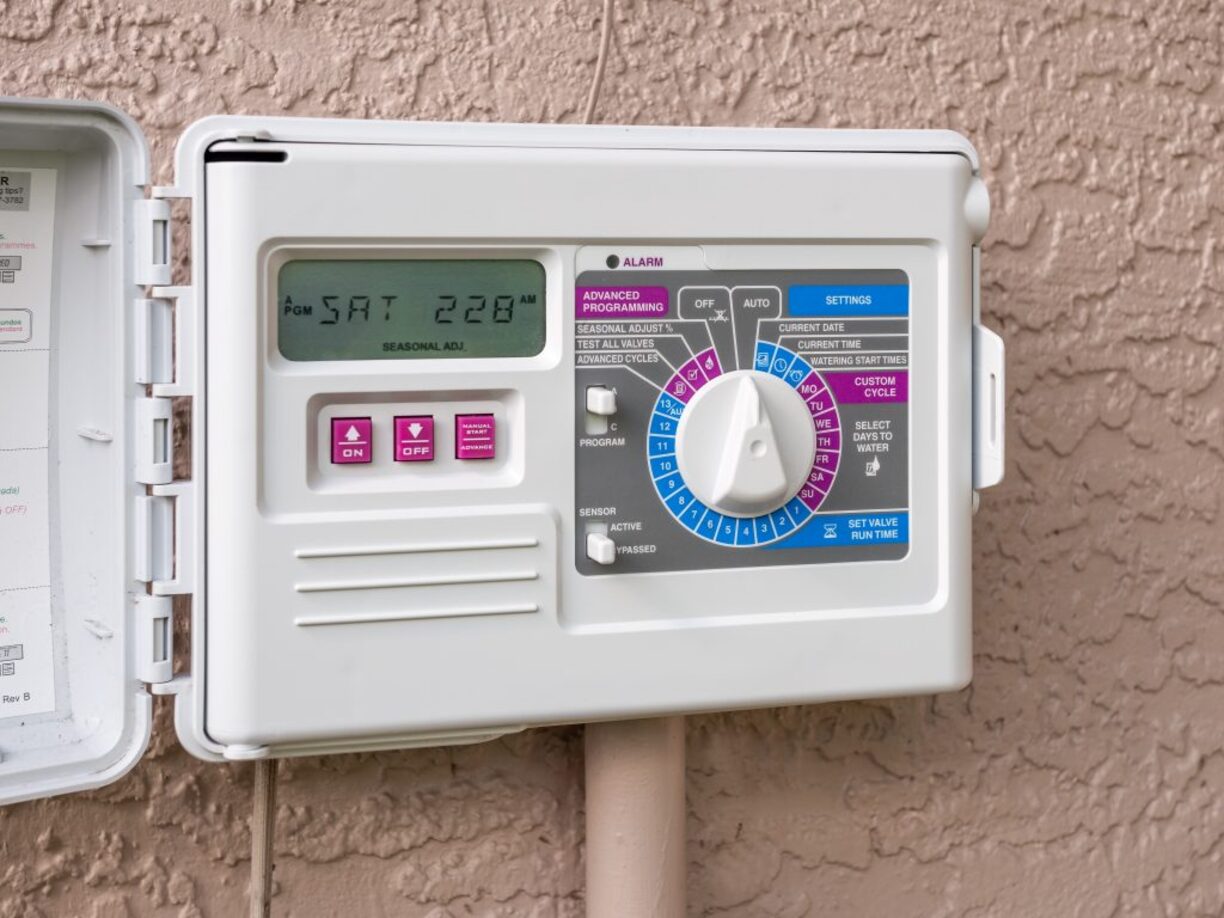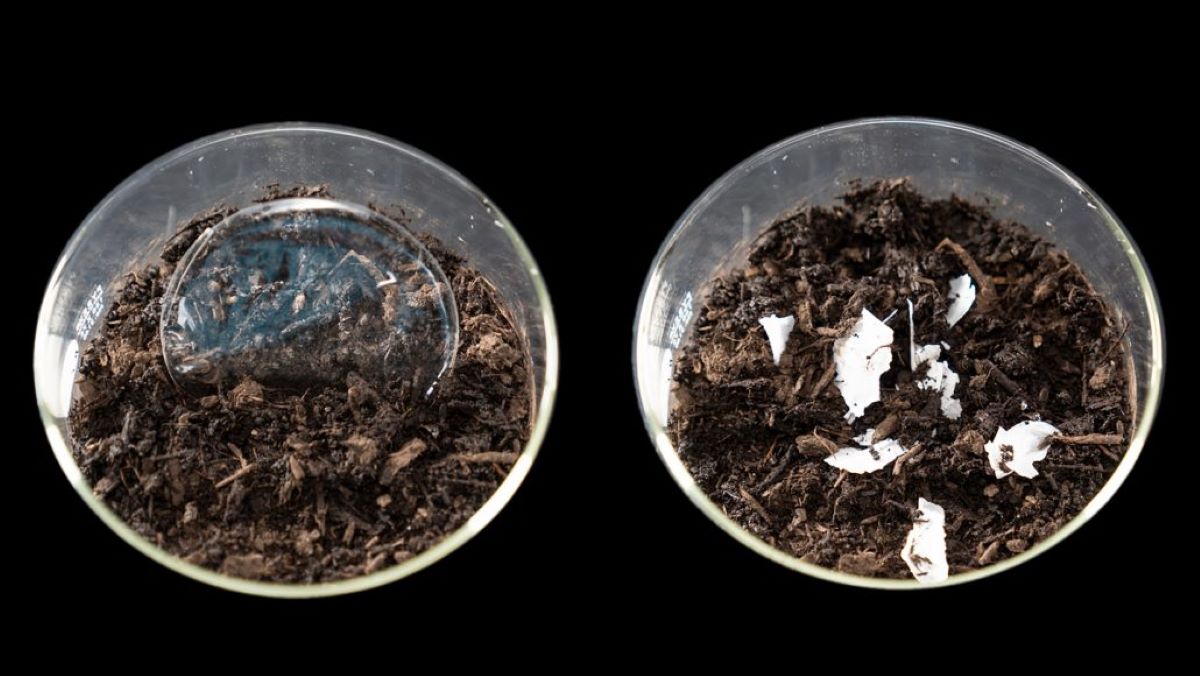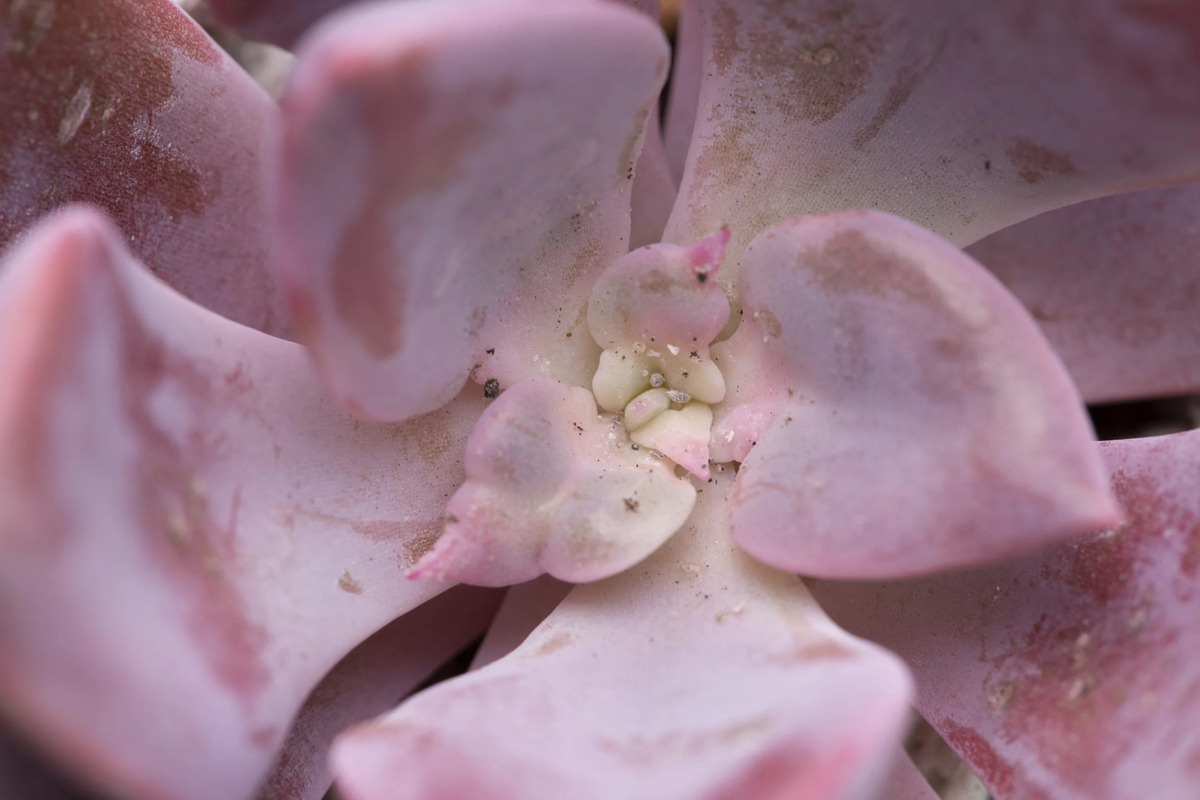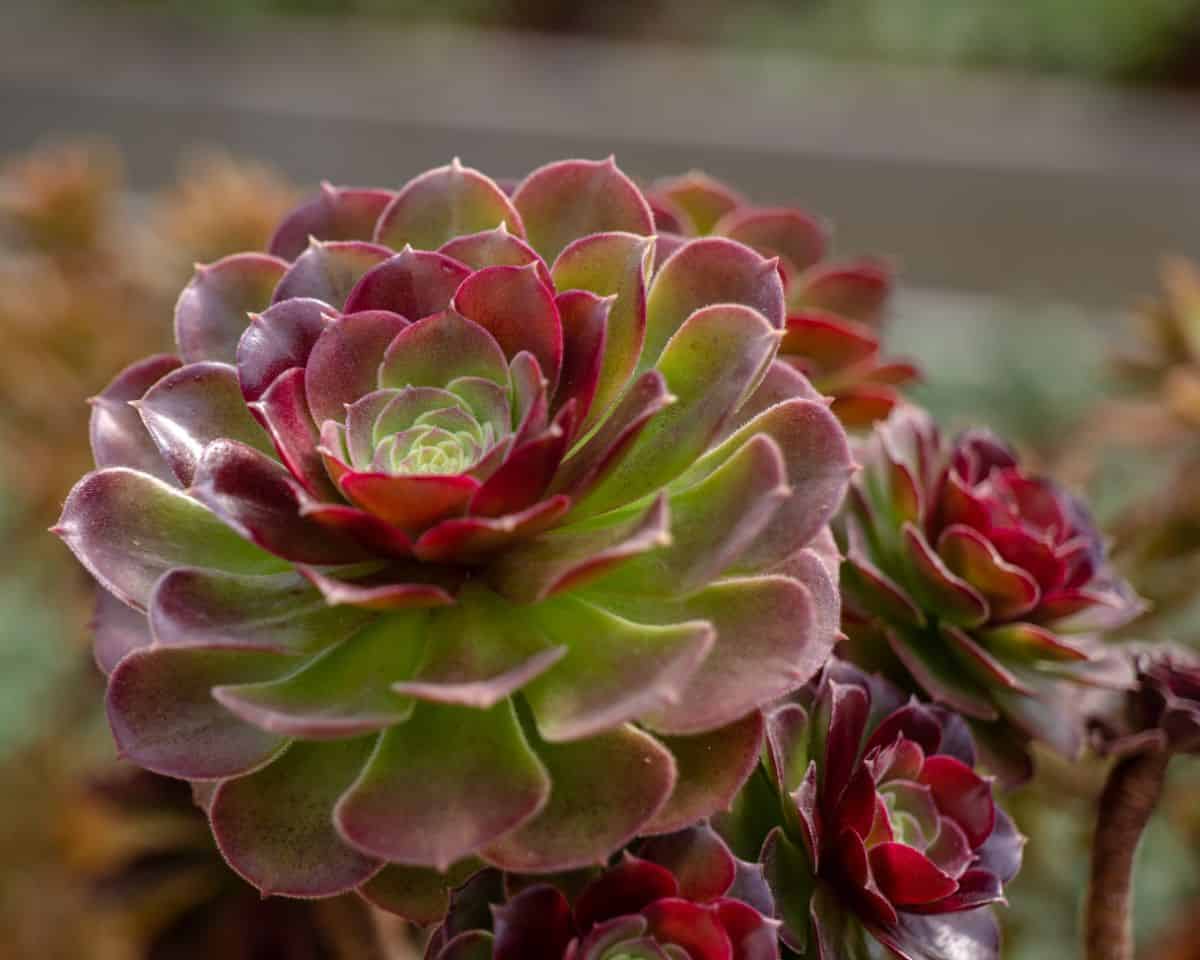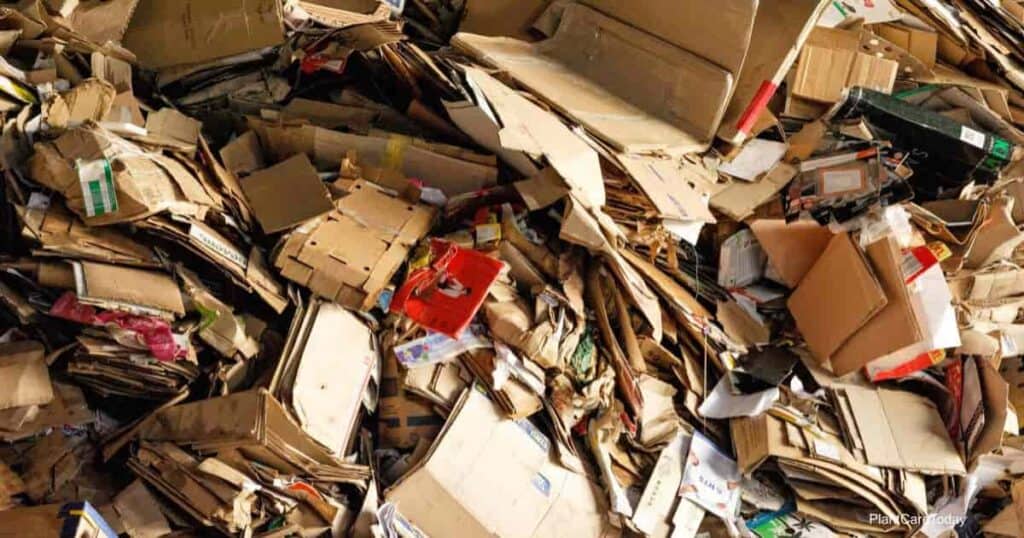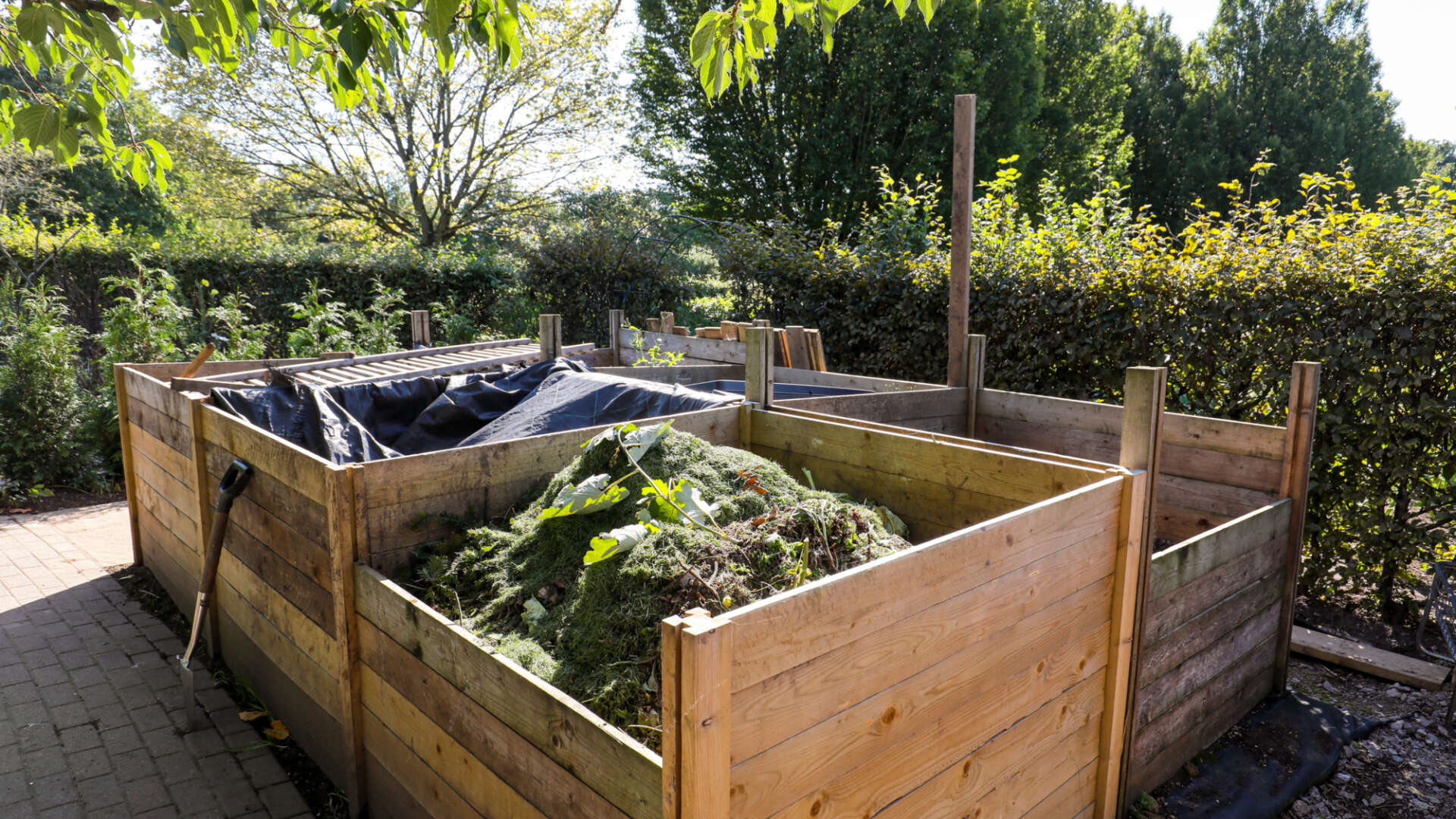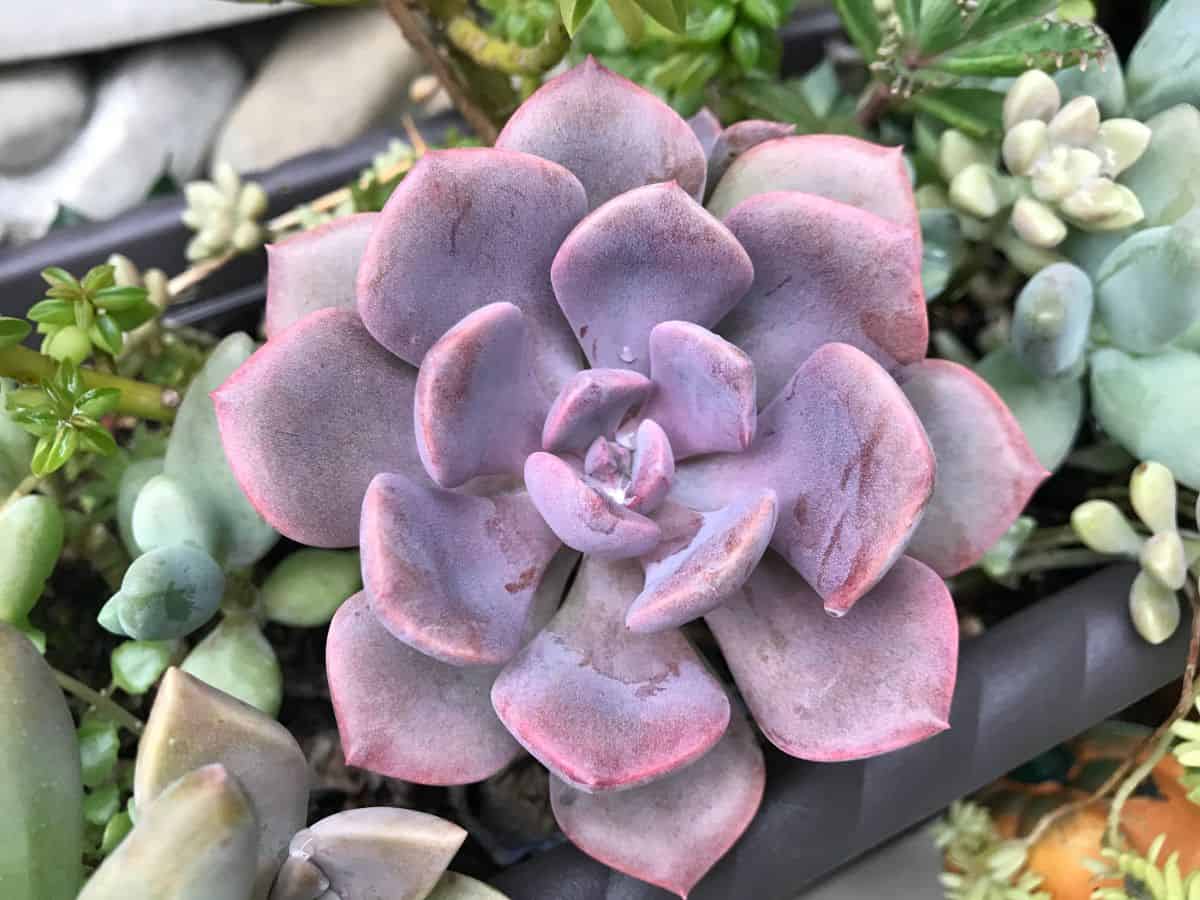Home>Gardening Techniques>DIY Projects>How To Turn A Compost Pile


DIY Projects
How To Turn A Compost Pile
Modified: January 22, 2024
Learn how to turn your compost pile with this helpful DIY project guide. Get step-by-step instructions and tips for successful composting.
(Many of the links in this article redirect to a specific reviewed product. Your purchase of these products through affiliate links helps to generate commission for Chicagolandgardening.com, at no extra cost. Learn more)
Table of Contents
Introduction
Welcome to the world of DIY composting! If you’re someone who loves gardening or wants to reduce waste and create nutrient-rich soil for your plants, then learning how to turn a compost pile is an essential skill. Composting is a natural process that decomposes organic materials into a dark, crumbly substance called humus, which is a valuable soil amendment. By turning your compost pile regularly, you can speed up the decomposition process and ensure that your compost is of high quality.
In this article, we will guide you through the process of turning a compost pile, step by step. We’ll cover the benefits of turning the pile, when to turn it, and provide troubleshooting tips along the way. Whether you’re a seasoned composter looking to improve your technique or a beginner just starting out, this article will provide you with the knowledge and confidence to create fantastic compost for your garden.
Before we dive into the details, let’s explore why turning your compost pile is so important.
[Insert compelling transition sentence here]
Benefits of Turning Compost Pile
Turning your compost pile regularly offers several fantastic benefits. Let’s take a closer look at why this practice is essential for successful composting:
1. Accelerates the decomposition process: Turning the compost pile helps mix the organic materials, ensuring that they break down more quickly. When you turn the pile, you introduce oxygen, which is crucial for the activity of aerobic microorganisms responsible for decomposition. This increased microbial activity leads to faster decomposition, resulting in rich compost in a shorter period. 2. Improves compost quality: By turning the compost pile, you create a more uniform mixture. This allows for better blending of green (nitrogen-rich) and brown (carbon-rich) materials, optimizing the carbon-to-nitrogen ratio. A balanced ratio is vital for efficient decomposition and the production of nutrient-dense compost. 3. Enhances aeration and reduces odor: Turning the compost pile helps combat compaction and improves aeration. It prevents the formation of anaerobic conditions, which can lead to unpleasant odors. Adequate airflow promotes the growth of beneficial aerobic bacteria, which thrive in the presence of oxygen and contribute to a healthier compost pile. 4. Controls moisture levels: Turning the compost pile allows you to monitor and adjust the moisture content. If the pile becomes too wet, frequent turning can help dry it out. On the other hand, if the pile is too dry, turning can introduce moisture and bring the pile back into the optimal moisture range. Proper moisture levels are crucial for the microbial activity required for decomposition. 5. Reduces pest and weed issues: Regularly turning the compost pile can help deter pests and the growth of weed seeds. The heat generated during the decomposition process can destroy weed seeds, preventing them from germinating in your garden. Additionally, turning the pile disrupts the habitat of pests such as flies and rodents, reducing their presence near your compost.
[Insert compelling transition sentence here]
When to Turn Compost Pile
Knowing when to turn your compost pile is crucial for maintaining its health and ensuring efficient decomposition. While the frequency of turning can vary depending on factors such as temperature, moisture levels, and the mix of materials in your pile, there are a few general guidelines to follow:
1. Every 1-2 weeks: For optimal results, it’s recommended to turn your compost pile every 1-2 weeks, especially during the active composting phase. Turning at regular intervals ensures consistent aeration, allows for temperature regulation, and promotes even decomposition. 2. When the temperature rises: Pay attention to the temperature of your compost pile. When the internal temperature reaches around 130 to 150°F (54 to 66°C), it indicates that the decomposition process is in full swing. This is an ideal time to turn the pile, as the heat generated will help kill off weed seeds and pathogens. 3. When the pile is compacted or too wet: If you notice that your compost pile is compacted or becomes overly wet, it’s time to give it a good turn. Compaction prevents airflow and can lead to anaerobic decomposition, resulting in unpleasant odors. Turning the pile helps fluff it up and improve aeration. Similarly, if the pile is too wet, turning can help facilitate moisture evaporation and restore the balance. 4. When you add new materials: When you introduce fresh organic matter to the compost pile, it’s a good idea to turn it to mix the new materials with the existing ones. This ensures that the fresh additions are evenly distributed and incorporated into the decomposition process. Turning the pile also helps avoid clumps of materials and encourages uniform decomposition. 5. When the compost is almost ready: Towards the end of the composting process, the pile will start to cool down, and the materials will break down into a dark, crumbly texture. At this stage, turning the pile helps with the final stages of decomposition and allows for any remaining undecomposed materials to break down further. This promotes the production of a mature, nutrient-rich compost. Remember, these are general guidelines, and it’s important to monitor the moisture and temperature levels of your compost pile. Adjust the frequency of turning based on the specific conditions of your composting setup.
[Insert compelling transition sentence here]
Understanding the Compost Pile
Before we delve into the process of turning a compost pile, it’s essential to understand its composition and how it works. A compost pile is a carefully crafted mixture of organic materials that undergo a natural decomposition process. The key components of a successful compost pile include:
1. Green materials: These are nitrogen-rich materials such as fresh grass clippings, fruit and vegetable scraps, coffee grounds, and green plant trimmings. Green materials provide essential nutrients and moisture to the compost pile, helping to speed up the decomposition process. 2. Brown materials: These carbon-rich materials include dried leaves, straw, wood chips, shredded cardboard and newspaper, and dry plant trimmings. Brown materials provide structure, promote airflow, and balance the carbon-to-nitrogen ratio in the compost pile. 3. Air: Composting is an aerobic process, meaning it requires oxygen. Adequate airflow is essential for the growth of beneficial aerobic microorganisms that break down the organic materials in the pile. Oxygen also helps prevent the formation of anaerobic conditions, which can lead to a foul odor. 4. Water: Maintaining proper moisture levels is crucial for successful composting. The compost pile should be damp, like a wrung-out sponge. Sufficient water ensures that the microorganisms responsible for decomposition can thrive and break down the organic matter effectively. 5. Microorganisms: A variety of microorganisms, including bacteria, fungi, and invertebrates, work together to break down the organic materials in the compost pile. These microorganisms feed on the organic matter, converting it into humus, which is rich in nutrients and beneficial for plant growth. Understanding the composition and requirements of a compost pile will help you make informed decisions when turning it. The goal is to create an environment that supports the growth of beneficial microorganisms and encourages the decomposition of organic materials into nutrient-rich compost.
[Insert compelling transition sentence here]
Preparing to Turn the Compost Pile
Before you begin the process of turning your compost pile, it’s important to make a few preparations to ensure a successful outcome. Here are some steps to follow:
1. Gather the necessary tools: Have a pitchfork, shovel, or compost aerator on hand. These tools will help you efficiently turn the compost pile and ensure an even distribution of materials. 2. Check the moisture levels: Assess the moisture content of your compost pile. It should be damp, but not overly saturated. If it is too dry, water the pile lightly with a garden hose. If it is too wet, allow it to dry out for a day or two before turning. 3. Clear the area: Remove any obstacles around the compost pile, such as overhanging branches or plants. This will make it easier for you to move around the pile and ensure a smooth turning process. 4. Dress appropriately: Wear gloves and sturdy footwear when working with the compost pile. This will protect your hands and feet from any sharp objects or potential allergies. 5. Prepare a holding area (optional): If you have limited space or need to turn the compost pile onto a temporary spot, set up a holding area nearby. This can be a designated bin or a tarp where you can transfer the compost materials during the turning process. Taking these preparatory steps will help set the stage for a smooth and efficient compost turning session. Once you have everything in place, it’s time to get your hands dirty and start turning that compost pile!
[Insert compelling transition sentence here]
Steps to Turn Compost Pile
Now that you’re ready to turn your compost pile, let’s walk through the steps to ensure a successful process:
1. Start at the outer edges: Begin by working from the outer edges of the pile towards the center. This ensures that the compost at the bottom and outer edges, which may be less decomposed, gets mixed with the fresher materials from the top. 2. Use a pitchfork or compost aerator: Insert the pitchfork or compost aerator into the pile and lift and turn the materials, bringing the outer layer to the center. Make sure to penetrate deep into the pile to mix all the layers thoroughly. Avoid simply flipping the materials on the top; instead, aim to penetrate the entire pile. 3. Break up clumps: As you turn the compost pile, break up any clumps or large pieces of uncomposted material you come across. This helps create a more uniform texture and encourages even decomposition. 4. Moisten or add dry materials (if needed): While turning, monitor the moisture levels of the compost pile. If it’s too dry, lightly moisten the materials as you turn. Conversely, if the pile is too wet, add dry brown materials like straw or shredded newspaper to absorb excess moisture. 5. Repeat the process: Continue turning the compost pile, working from the outer edges towards the center, until all the materials are well mixed. The process may require multiple rounds of turning, especially if you have a large compost pile. 6. Monitor the compost: After turning, monitor the moisture levels and temperature of the compost pile. Adjust as needed by adding water or dry materials. Regularly check the compost for signs of progress, such as a dark, earthy smell and a crumbly texture. 7. Repeat turning at regular intervals: Repeat the turning process every 1-2 weeks or as needed, depending on the composting conditions and the stage of decomposition. This regular turning helps maintain the airflow, promotes decomposition, and ensures a consistent composting process. By following these steps, you’ll be able to effectively mix and aerate your compost pile, creating favorable conditions for decomposition and resulting in high-quality compost for your garden.
[Insert compelling transition sentence here]
Troubleshooting and Tips
While turning your compost pile, you may encounter certain challenges or issues. Here are some troubleshooting tips to help you overcome common problems and improve the composting process:
1. Foul odor: If your compost pile has a strong, unpleasant smell, it may indicate an anaerobic condition. To remedy this, turn the pile more frequently to improve airflow and ensure proper oxygen levels. Adding dry, brown materials like straw or shredded newspaper can also help balance the moisture content and reduce odor. 2. Slow decomposition: If your compost pile is taking longer than expected to decompose, assess its carbon-to-nitrogen ratio. The ideal ratio is roughly 25-30 parts carbon to 1 part nitrogen. Adjust the ratio by adding more green materials for nitrogen or brown materials for carbon. Additionally, ensure adequate moisture and proper aeration by turning the pile regularly. 3. Excessive moisture: If your compost pile is too wet, it can lead to a lack of oxygen and anaerobic decomposition. Add dry, brown materials to absorb excess moisture and turn the pile more frequently to improve airflow. If necessary, cover the pile with a tarp during rainy periods to prevent further saturation. 4. Pest problems: To deter pests like flies, rodents, or raccoons, avoid adding meat, dairy, or oily foods to your compost pile. These items can attract unwanted visitors. Additionally, ensure that your compost pile is well-secured and not easily accessible to pests. Turning the pile regularly can also disrupt their habitat and discourage them from sticking around. 5. Temperature fluctuations: Fluctuating temperatures can affect the composting process. If your compost pile is not heating up enough, make sure it has enough green materials for nitrogen. If it’s getting too hot, add more brown materials to balance the carbon-to-nitrogen ratio. Monitoring the moisture levels and turning the pile can also help regulate the temperature. 6. Consider a compost thermometer: Investing in a compost thermometer can help you monitor the temperature of your compost pile accurately. This will guide you in determining when to turn the pile for optimal results. 7. Patience is key: Remember that composting is a natural process that takes time. Be patient and give your compost pile sufficient time to decompose fully. Turning regularly, maintaining proper moisture levels, and providing the right balance of materials will lead to successful composting over time. By applying these troubleshooting tips and following best practices, you’ll be well-equipped to address common challenges and achieve excellent results with your compost pile.
[Insert compelling transition sentence here]
Conclusion
Congratulations! You have learned the ins and outs of turning your compost pile. By incorporating this essential practice into your composting routine, you can accelerate the decomposition process, improve the quality of your compost, and create a nutrient-rich soil amendment for your garden.
We explored the benefits of turning the compost pile, including faster decomposition, improved compost quality, enhanced aeration, moisture control, and pest reduction. Understanding the composition and requirements of a compost pile provides a solid foundation for successful composting.
We also covered the steps involved in turning the compost pile, starting from the outer edges and working towards the center. Breaking up clumps, monitoring moisture levels, and adjusting the carbon-to-nitrogen ratio are all part of the process. Regularly turning the pile at the right intervals is crucial for maintaining an ideal environment for decomposition.
Remember, troubleshooting issues such as odor, slow decomposition, excessive moisture, pests, and temperature fluctuations is part of the composting journey. Following the tips provided will help you overcome these challenges and optimize the composting process.
Now, armed with this knowledge and these practical tips, you’re ready to take your composting game to the next level. Embrace the art of turning your compost pile, and watch as your garden thrives with the nutrient-rich compost you’ve created. Happy composting!
